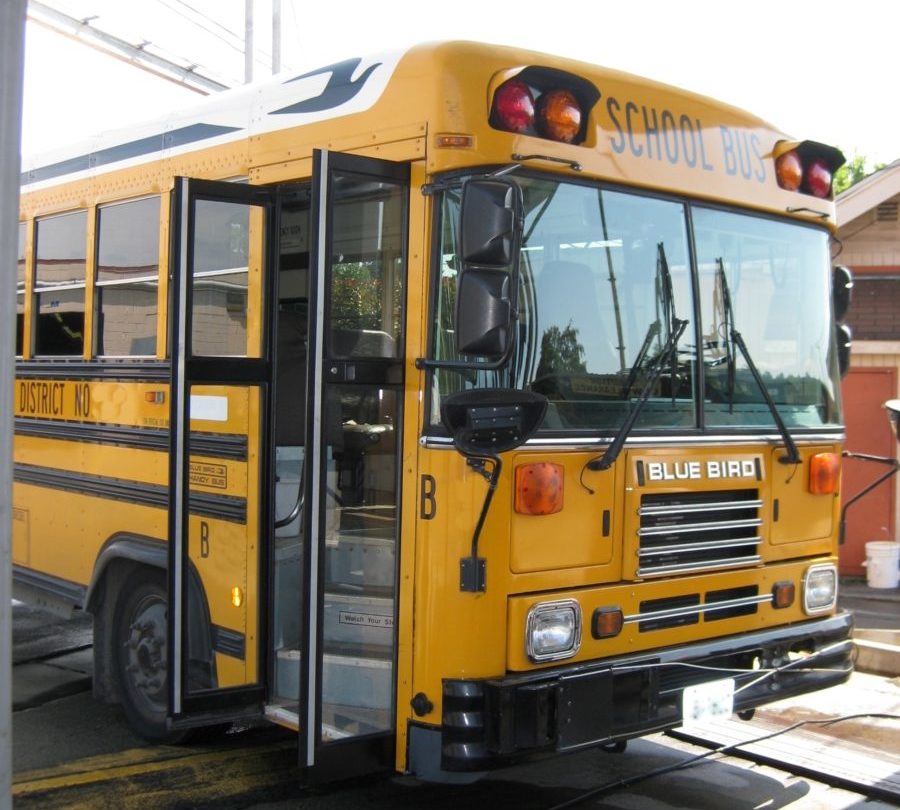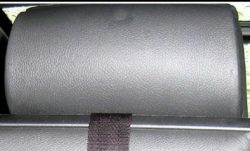When considering how long a CR can be used, the tendency is to focus primarily on weight limits. But given the quantity of high-weight-harness (HWH) models on today’s market, most children will outgrow a CR by height before reaching the weight limit—sometimes long before.
It wasn’t always this way. Within recent memory, weight was nearly always the limiting factor, since infant CRs had 22-pound rear-facing limits, and forward-facing harnesses uniformly could be used to 40 pounds. But CRs today have been strengthened and are rated to be used at much higher weights for either mode, so the mind-set must shift to expecting most CRs to be outgrown by height.
Read More from “Today’s CRs More Often Outgrown by Height Than Weight”


